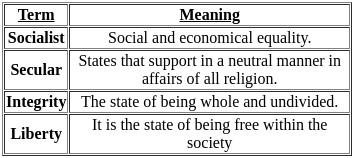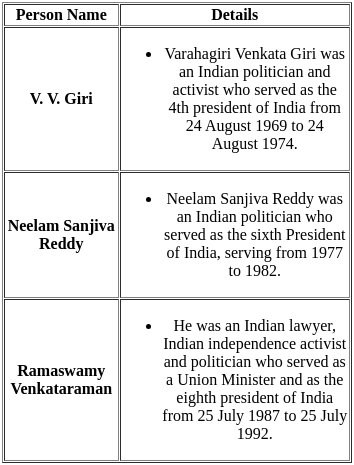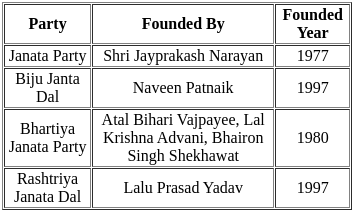Political Science: CUET Mock Test - 6 - CUET MCQ
30 Questions MCQ Test CUET Mock Test Series - Political Science: CUET Mock Test - 6
What country was an ally of the soviet union?
Who among the following were the founders of the "Hind Mazdoor Sabha" established in 1948?
Which of the following words were added to the Preamble after the 42nd Amendment Act?
When did nikita khrushchev place nuclear missiles in cuba?
Who ordered american warships to intercept any soviet ships heading to cuba
Who did the US know was about to surrender?
How many nuclear weapons did the two superpowers possess during the cold war?
What became the main arena of conflict between the superpowers?
What country responded by having close relations with the soviet union?
How many member states attended the first non-aligned summit?
Who was the president of the small island nation Cuba off the coast of the united states?
Who was the president of the United States during Cuban Missile Crisis?
What type of weapons did the US and the USSR make in the 1950s?
Where did the division between the two superpowers occur first?
Who used its influence in eastern europe to ensure that the eastern half of europe remained within its sphere of influence?
Who played a crucial role in mediating between the two koreas?
When was the first non-aligned summit held?
|
8 docs|148 tests
|





















